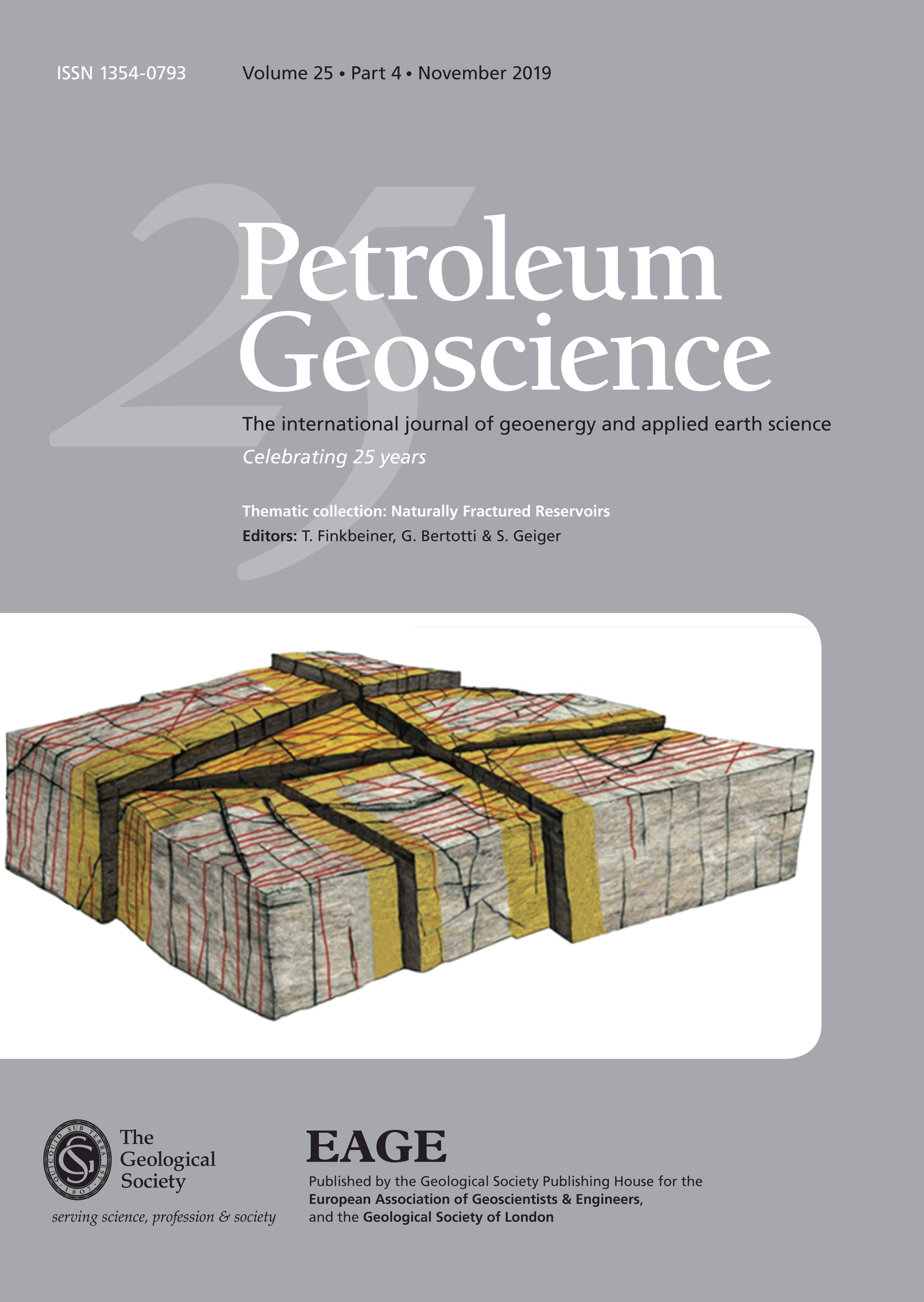
Full text loading...
In carbonate rocks, channelized fluid flow through fracture conduits can result in the development of large and connected karst networks. These cavity systems have been found in multiple hydrocarbon and geothermal reservoirs, and are often associated with high-permeability zones, but also pose significant challenges in drilling and reservoir management. Here, we expand on the observed interplay between fractures, fluid flow and large cave systems, using outcrop analysis, drone imagery and fluid-flow modelling. The studied carbonate rocks are heavily fractured and are part of the Salitre Formation (750–650 Ma), located in central Bahia (NE Brazil). Firstly, the fracture and cave network data show a similar geometry, and both systems depict three main orientations, namely; NNE–SSW, NW–SE and ESE–WNW. Moreover, the two datasets are dominated by the longer NNE–SSW features. These observed similarities suggest that the fractures and caves are related. The presented numerical results further acknowledge this observed correlation. These results show that open fractures act as the main fluid-flow conduits, with the aperture model defining the fracture-controlled flow contribution. Furthermore, the performed modelling highlights that geometrical features such as length, orientation and connectivity play an important role in the preferred flow orientations.
Thematic collection: This article is part of the Naturally Fractured Reservoirs collection available at: https://www.lyellcollection.org/cc/naturally-fractured-reservoirs

Article metrics loading...

Full text loading...
References


Data & Media loading...

